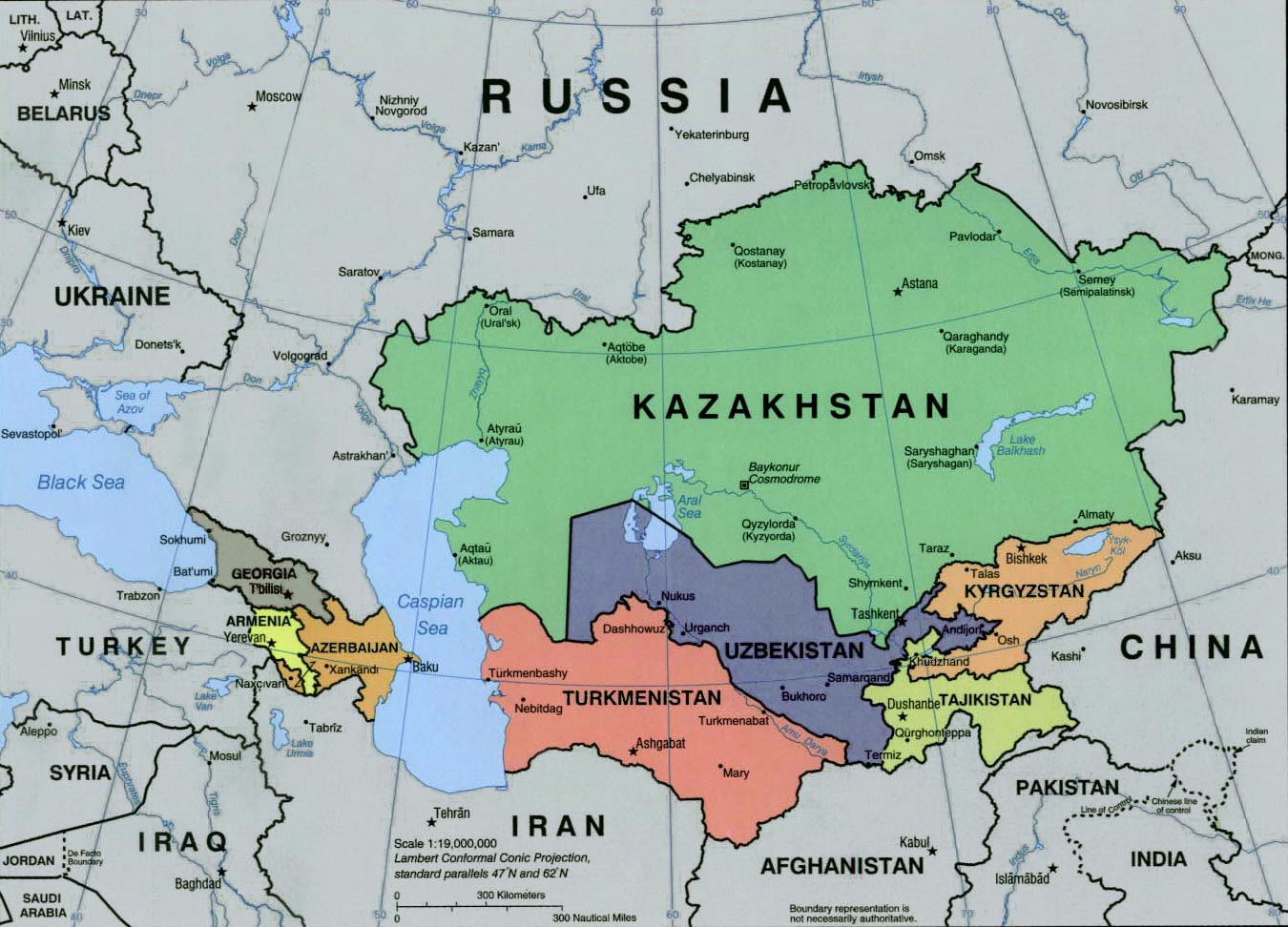○ Picturing Islam in Kyrgyzstan
- Youth in Kyrgyzstan has little faith in the future due to rampant corruption, decaying infrastructure, and the country’s lack of bankable natural resources.
- Unlike other parts of the former Soviet Union, statues of Lenin still stand in Kyrgyzstan. It’s not that anybody particularly wants communism back, or that they took it seriously in the first place.
- Some in the secular Kyrgyz elite hanker for a bulwark against any back-sliding to fundamentalist religious doctrines.
○ My story from Kyrgyzstan by ask @BooMan on March 25, 2005
○ Kyrgyz Elections: Part 4 by soj @BooMan
○ Another Kyrgzystan story… by Wayward Wind @BooMan
Kyrgyzstan: State Fragility and Radicalisation
The rapid rise of alternative interpretations of Islam, often at odds with the state’s concept of traditional identity, are being fueled in part by endemic corruption and perceptions of incompetency. The government must end economic marginalisation and improve inadequate institutions, or risk not just threats to internal security but also the resurfacing of ethnic tensions.
Islamic Radicalism in Central Asia and the Caucasus: Implications for the EU (2006) [pdf]
Islamic Radicalism has become a serious problem in Central Asia and the Caucasus. Though these areas are bastions of moderate and traditional Islam and among the most secularized areas of the Muslim world, radicalism has made a forceful comeback in the past two decades. Beginning in the late 1980s, alien Islamic proselytizing has gathered speed across the Muslim regions of the former Soviet Union, and has resulted in the spread of radical ideologies, militancy, and even terrorism.
Worst hit have been the Russian North Caucasus and some parts of Central Asia, especially the Ferghana valley shared by Uzbekistan, Kyrgyzstan and Tajikistan. Patterns of radicalism differ among the regions. In the North Caucasus, a Salafi revival in Dagestan coincided with the brutal war in Chechnya, and contributed to the radicalization of the Chechen resistance and its spread to adjoining republics. Coupled with backfiring Russian centralization efforts, the entire North Caucasus is now on the brink of long-term destabilization.
Central Asia, on the other hand, has seen stronger external link, as foreign radical groups such as Hizb-ut-Tahrir and Al Qaeda have established a presence directly, as in the former, or through local allies, as in the latter. Adding to the problem, these groups in Central Asia have splintered into smaller entities difficult to identify let alone counteract. In Azerbaijan, long spared a significant radical presence, an increase in both Shi’a and Salafi Sunni radicalism can be observed.
The causes of this radicalization are hotly debated. In the west, radicalization is often blamed on the socio-economic crisis, or political repression radicalizing oppositional forces. These explanations are only of limited validity, at best interacting with complex post-Soviet identity crises, personal vendettas, regional rivalries, relative deprivation, and most importantly foreign proselytizing, a factor widely underestimated in the West [pdf].
○ Khodorkovsky, oligarchs and the former Soviet bloc By profmarcus @BooMan
The crumbling empire became clear under George W. Bush after the 2000 “election” …
○ Democracy Failures In Middle East Under Bush
○ Classic Agitator: Preacher Safwat Hegazy Inciting Violence In Cairo
○ Developments Arab Spring Egypt’s Revolt Explained
What a wealth of information could be found here at Booman Tribuns … times long gone. So sad.





